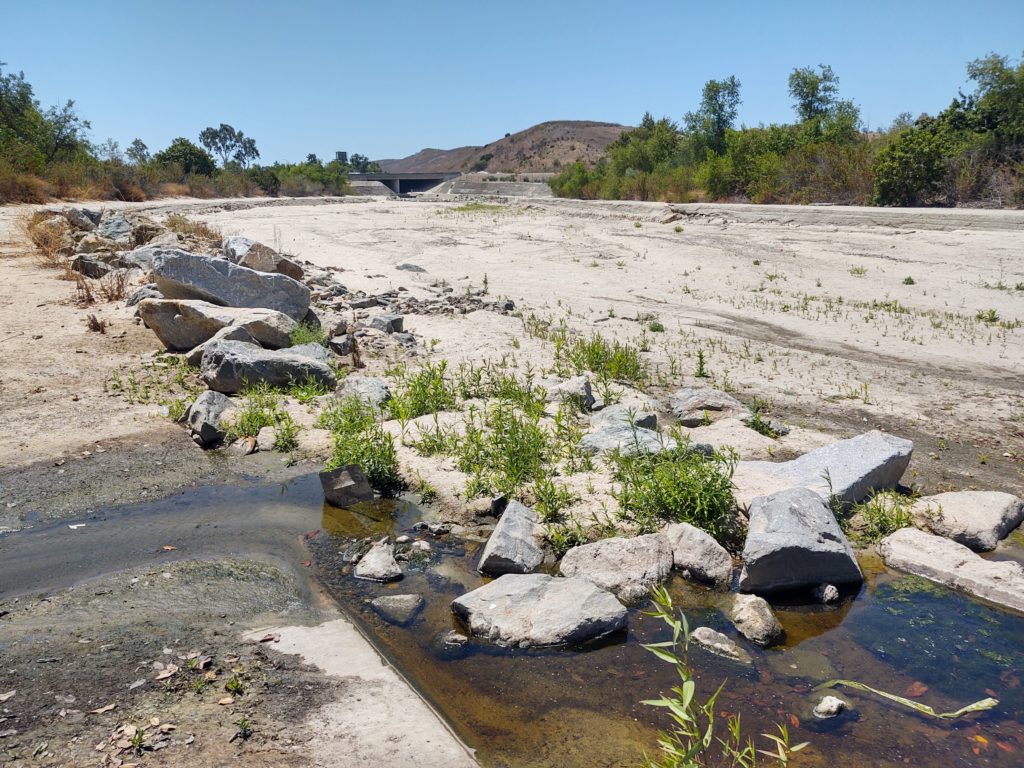Part of a Nationwide Study Conducted by Waterkeeper Alliance
Background
During the summer of 2022, we teamed up with Waterkeeper Alliance to participate in a nationwide study of the PFAS pollution emergency.
Since at least the 1950s, PFAS (per- and polyfluoroalkyl substances) have been widely used in manufacturing and are found in many consumer, commercial, and industrial products. Common sources are non-stick cookware, waterproof garments, food wrappers with stainproof coating, and firefighting foams.
Often referred to as “forever chemicals,” PFAS do not break down over time. Instead, these dangerous chemicals accumulate in people, wildlife, and the environment.
Despite serious health risks, there are currently no universal, science-based limits on the various PFAS chemicals in the United States. For many PFAS chemicals, the EPA has not even set a health advisory limit that would give the public a baseline to determine what amount of PFAS is unhealthy in drinking water.
Results
In a test of 114 waterways from across the country, 83% were found to contain at least one type of PFAS. Waterways in 29 states and D.C. were found to be contaminated by at least one of the 40+ compounds tested for.
San Diego Creek in Orange County contained the highest levels of PFAS concentrations of all the sample sites on the West Coast. In total, fifteen different PFAS compounds were found in detectable quantities, including two of the four addressed in the EPA’s interim drinking water health advisory.
The table below shows that San Diego Creek’s surface water contained high levels of PFOS (perfluorooctane sulfonic acid) and PFOA (perfluorooctanoic acid). Compared to the EPA’s interim drinking water health advisories released in June, the difference is astronomical.

*All numbers in ppt (parts per trillion).
**The numbers in red indicate surface water samples that exceed the EPA’s drinking water advisory levels.
Click here to learn more about Waterkeeper Alliance’s nationwide PFAS study.
Click here to view the full PFAS report for San Diego Creek.
Click here to view Inland Empire Waterkeeper’s full PFAS report for Temescal Creek.
Click here to view Inland Empire Waterkeeper’s full PFAS report for the Santa Ana River.
What’s Next?
This data plainly demonstrates that Congress and EPA must act with urgency to control persistent PFAS contamination across the country. The current lack of oversight puts the health and safety of communities and ecosystems across the nation at risk and results in costly cleanup and treatment activities to remove PFAS contamination after it has occurred.









